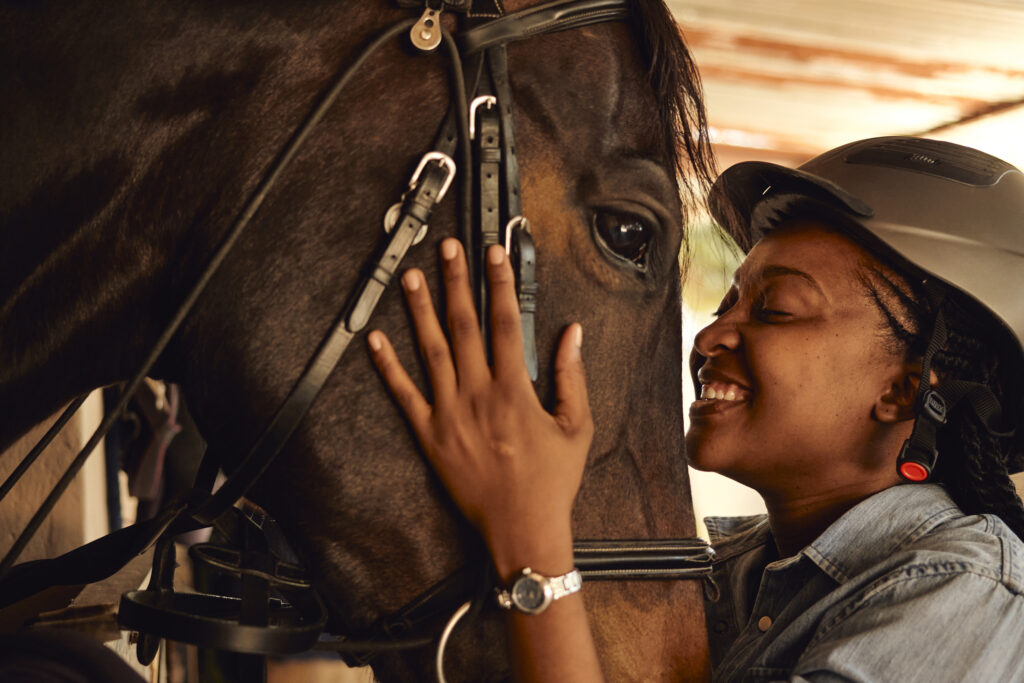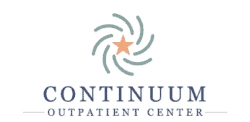What is Animal-Assisted Therapy?
Learn more about the healing potential of animal-assisted therapy in substance use disorder treatment.
Written and medically reviewed by the clinical team at Ripple Ranch Recovery Center, including licensed therapists, addiction specialists, and medical professionals.
Animal-Assisted Therapy (AAT) in the Treatment of Substance Use Disorders
Animal-assisted therapy is a form of therapy that involves animals as a part of the treatment process. AAT provides emotional support to people facing various health and substance use disorders (SUD).
It involves the interaction between a trained animal and the patient under the supervision of a therapist.1
This therapy can contribute significantly to the treatment of substance use disorders. It helps treat substance use disorders in several ways, including:

Table of Contents
Learn More About Ripple Ranch Recovery Center
Our team is standing by to discuss your situation and options. Your call is fully confidential, and no obligation is required
Emotional Support
Animals used in AAT can provide unconditional love to people with substance use disorders. These animals offer a sense of comfort, companionship, and emotional support.
The presence of animals creates a safe environment, allowing people to feel accepted. This can be especially crucial during the challenging recovery process.2
Social Interaction
Substance use disorders often lead to isolation and withdrawal from social activities. Animal-assisted therapy encourages people to engage in positive social interactions. They do so by interacting with therapy animals, therapists, and peers.
These interactions help people develop social skills, improve communication, and build trust. This leads to a sense of belonging and connection to others.
The presence of animals can also break down barriers. It provides common ground for people to start conversations and form relationships.
Stress Reduction
Recovering from substance use disorders can be highly stressful. Animal-assisted therapy has a calming effect on people, reducing stress, anxiety, and tension.3 Engaging with animals can trigger the release of natural mood enhancers.
This can be done through activities like:
- Petting
- Grooming
- Playing
Motivation and Self-Esteem
AAT can increase a person’s motivation and self-esteem. Animals provide immediate and positive feedback, reinforcing desired behaviors and achievements.
Working with animals can also foster a sense of accomplishment, competence, and responsibility. The ability to care for and interact with therapy animals can help people build self-worth.4
Building Accountability and Responsibility
Taking care of therapy animals requires people to develop a sense of responsibility. Following a structured routine for animal care can lead to similar principles being applied to recovery.
By being responsible, people learn the importance of following through with commitments. This also motivates them to make positive choices and prioritize their own health and sobriety.
Overcoming Addiction and Developing Healthier Coping Skills Through Interactions with Animals
Substance use treatment can be an intense experience for those going through recovery. While traditional therapies can help, interactions with animals have proven to be effective in the following ways:
Distraction and Pleasure
Engaging in activities involving animals offers moments of pleasure and a sense of purpose. This steers people’s attention away from their addiction-related thoughts and actions.
By focusing on the present moment, people can experience a break from their challenges. In this way, they can find enjoyment in simple and positive experiences.
Building Empathy and Compassion
Animal interactions foster the development of empathy and compassion. By observing animal behaviors, people can develop a deeper appreciation for the struggles of others.
This increased empathy and compassion can help them:
- Improve their ability to support others
- Foster a sense of belonging with the world around them
Increased Physical Activity
Animals need exercise and activity. This can encourage people in animal-assisted therapy to engage in physical activity.
Exercise has numerous benefits for mental and physical health, including:5
- Reducing stress and anxiety
- Improving sleep
- Boosting mood
Reduction of Withdrawal Symptoms
Withdrawal symptoms are a major challenge that people face during the recovery process. AAT helps reduce withdrawal symptoms by:6
- Promoting relaxation
- Improving mental health
- Providing an outlet for expressing emotions
Reconnecting With Nature
Involvement with animals often occurs in natural settings. This reconnects people with nature, promoting feelings of serenity and wholeness.
Types of Animals Commonly Used in AAT for Substance Use Treatment
Different animals are used in AAT for substance use treatment. Specific characteristics and abilities determine the selection of any animal. Some of the most common among them include:
Dogs
Dogs are a popular choice for animal-assisted therapy in substance use treatment. They are known for their loyalty and ability to form strong bonds with humans.
Dogs are often used to help people develop a sense of responsibility, trust, and empathy. Their non-judgmental nature provides comfort and support to those undergoing treatment.
Horses
Horses are another popular choice in animal-assisted therapy. Equine therapy involves interacting with horses in various activities, such as:
- Grooming
- Feeding
- Riding
Horses are highly intuitive and can sense human emotions. This makes them effective partners in therapy. They enable people to develop trust, communication skills, and emotional regulation.7
Cats
Cats are known for their independent and soothing nature. They can provide a sense of relaxation and comfort in stressful situations. Their presence can help people feel more calm and reduce anxiety during treatment. Cats also promote a sense of responsibility and support a nurturing environment.
Birds
Birds, such as parrots and parakeets, are frequently used in animal-assisted therapy. Their vibrant colors and melodious songs evoke a sense of peace and joy.
Birds can be excellent companions, offering unconditional acceptance. Interacting with birds can also help people develop patience, focus, and responsibility.
Guinea Pigs
Guinea pigs are often chosen for AAT due to their docile nature and ease of handling. Their gentle demeanor and soft fur make them perfect for providing tactile stimulation.
Taking care of guinea pigs can teach people nurturing skills and empathy. The simple act of petting or holding a guinea pig can be soothing and reduce stress.
Fish
Watching fish swim peacefully can promote relaxation and reduce anxiety and stress. The rhythmic movements of fish can also help people regulate their breathing. Additionally, cleaning the aquarium and feeding fish encourage responsibility.
Rabbits
Rabbits are gentle creatures that offer comfort and companionship. Their quiet nature can be soothing, promoting a sense of calm and relaxation. Interacting with rabbits can also teach people patience and non-verbal communication skills.
Reptiles
Certain reptiles are used in animal-assisted therapy due to their unique sensory experiences. These may include turtles and lizards.
Interacting with reptiles can provide people with stimulating tactile sensations. This can be done through activities like touching their scales or shells. Reptiles can also be low-maintenance pets, suited to people with allergies or limited mobility.
Techniques Used in AAT Sessions to Support Those with Substance Use Disorders
Animal-assisted therapy utilizes the presence of animals to support people in addiction treatment. Some of the most common approaches used in these sessions include:
Animal Interaction and Bonding
Animal-assisted therapy focuses on creating relationships and connections with animals. People interact with, feed, groom, and spend time with therapy animals. This interaction builds emotional support by developing strong bonds with animals.
Structured Activities
Structured activities with animals form a crucial part of animal-assisted therapy sessions. These activities might include:
- Teaching commands to dogs
- Navigating obstacle courses
- Engaging in interactive games
Structured activities focus on building skills such as communication and responsibility. For example, training dogs promotes discipline and a sense of accomplishment.
Animal-Assisted Learning
Activities where animals help in education and therapy are part of animal-assisted therapy. For instance, people might learn about empathy and self-awareness through activities such as:
- Feeding
- Grooming
- Animal care
These experiences encourage people to reflect on their own behavior while interacting with animals.
Therapeutic Animal Handling
Therapists guide people in handling animals in a therapeutic way. They learn how to:
- Approach animals gently
- Understand their behavior
- Respond appropriately
Understanding animal cues helps develop patience and non-verbal communication skills.
Sensory Stimulation
AAT sessions sometimes incorporate sensory activities involving animals. Touching, feeling the fur of animals, and listening to their sounds provide sensory stimulation. This sensory engagement helps in reducing stress, promoting relaxation, and enhancing mood.
Play and Recreational Engagement
Play-based activities involving animals create a recreational environment. This helps people experience joy, reduce tension, and develop a sense of spontaneity.
Expressive Arts and Creativity
Creativity-based sessions can incorporate animals. This allows people to express themselves through art, music, or storytelling. For instance, drawing pictures of animals or writing stories about them encourages creativity.
Risks Involved in Animal-Assisted Therapy and How to Mitigate Them
While animal-assisted therapy offers numerous benefits, there are some potential risks involved. Understanding these risks is crucial for a safe and effective therapy session.
Allergic Reactions
A primary concern in animal-assisted therapy involves allergies and health risks associated with animals. People may have allergic reactions to animal fur, dander, or saliva.
This leads to symptoms like:
- Sneezing
- Itching
- Respiratory issues
To mitigate these risks, therapy providers must assess participants for allergies before the session. They should take precautions to limit exposure or provide medication if necessary.
Zoonotic Diseases
Another risk involves zoonotic diseases that can be transmitted from animals to humans. While these instances are rare, therapy animals should undergo regular health screenings. To mitigate this risk, stringent hygiene practices must be followed.
This includes:
- Thorough hand washing before and after sessions
- Regular veterinary check-ups for the animals
- Appropriate vaccinations
Animal-Related Injuries
There’s a possibility of accidental scratches or bites from therapy animals. To mitigate this risk, therapy animals should be well-trained and supervised.
Participants must also be informed about the appropriate way to interact with animals. Supervision by a trained professional is vital during AAT sessions to avoid potential injuries.
Fear or Discomfort
Some people may feel uncomfortable or afraid of animals. In such cases, therapy providers should conduct a thorough assessment beforehand. They should respect a person’s discomfort or fear.
Sanitary Concerns
Maintaining cleanliness in the therapy environment is crucial to prevent any sanitation-related risks. Regular disinfection of the space where animal-assisted therapy takes place is essential.
This includes:
- Ensuring proper waste disposal
- Cleaning the animal’s habitat
- Maintaining a clean and safe environment
Emotional Triggers
Animals may unknowingly trigger emotional distress in people with traumatic experiences. Providers should perform careful screenings and be aware of a person’s history. Creating a safe space for clients helps mitigate emotional triggers.
Training and Certification of Animals
Risk mitigation requires adequate training of therapy animals. The animals should be accustomed to interacting with a variety of people and settings. They should have a calm and patient demeanor and be well-versed in following commands.
Monitoring and Supervision
Continuous monitoring and supervision during AAT sessions are vital to mitigate risks. Trained professionals must oversee the therapy sessions. This is important to address any unexpected behaviors from animals.
Informed Consent and Education
Therapy providers need to get consent from participants and educate them about risks. Providing information about safety helps prepare everyone and lowers risks.
The Role of AAT in Addressing Co-occurring Mental Health Issues Associated with Substance Use Disorders
Animal-assisted therapy plays a pivotal role in addressing co-occurring mental health issues. Here’s how:
Healing Trauma
Many people with co-occurring disorders have experienced trauma. Animal-assisted therapy provides a safe space for them to process trauma through interacting with animals, fostering healing, and providing emotional support.
Encouraging Participation in Treatment
AAT can encourage people to engage more actively in their treatment process. The presence of animals often makes therapy sessions more inviting, engaging, and rewarding. This motivates patients to participate more willingly in their recovery journey.
Reducing Feelings of Isolation
Dual diagnosis often brings feelings of isolation and despair. AAT can reduce this isolation by creating a safe space where people feel valued. The unconditional love offered by therapy animals promotes recovery and engagement.
Reducing Depression Symptoms
Depression is a common co-occurring mental health issue in people with SUDs. Animal-assisted therapy can help reduce depression symptoms.8
Animals can provide unconditional support, which helps people feel heard and understood. Their interaction can also help increase dopamine levels in the brain. This results in improved mood.9
Promoting Mindfulness
People with SUD often struggle with impulsivity and lack of awareness of their behaviors. AAT can help promote mindfulness and self-awareness. It does so by providing a non-judgmental space to focus on the present moment.
Animals can also help people develop awareness of their physical and emotional reactions. This leads to improved impulse control and decision-making skills.
Positive Reinforcement and Reward System
AAT provides a positive reward system for people with co-occurring mental health conditions. Animals respond to a person’s efforts, promoting a sense of achievement and reward.
This reinforcement encourages people to continue engaging in positive behaviors. It also reinforces healthy habits, as well as progress in recovery.
How Treatment Providers can Incorporate AAT into a Comprehensive Treatment Plan?
The therapeutic use of animals can improve treatment outcomes. Here’s how providers can incorporate animal-assisted therapy into their treatment programs:
Assessment and Suitability
Before integrating AAT, providers need to assess the suitability of the patient for this therapy. This includes analyzing the person’s:
- Substance use history
- Mental health
- Potential allergies or phobias regarding animals
Setting Clear Objectives
Defining clear and achievable objectives for animal-assisted therapy is essential. Treatment providers and people in recovery should collaborate to set specific goals. These goals could encompass emotional regulation, stress reduction, or self-awareness.
Customizing the Therapy
Tailoring the animal-assisted therapy sessions to each person’s needs is critical. Treatment providers must collaborate with AAT professionals to create customized sessions. This includes determining the frequency of sessions and the specific activities involved.
Incorporating AAT Into Treatment Modalities
Integrating AAT with other treatments is crucial to creating a comprehensive treatment plan. It should work in synergy with therapies like cognitive-behavioral therapy and psychoeducation. Collaboration among treatment providers is crucial for cohesive implementation.
Maintaining Consistency
Consistency in animal-assisted therapy sessions is vital for effective outcomes. Treatment providers should ensure regular participation in sessions as per the treatment plan.
This consistency aids in reinforcing positive behaviors. It also helps people build trust and rapport with the therapy animals.
Evaluating Progress
Regular evaluation of the patient’s progress in animal-assisted therapy is crucial. Treatment providers should assess whether the objectives set for AAT are being met. They should also make any necessary adjustments.
This might involve observing changes in:
- Social interactions
- Emotional regulation
- Stress management abilities
Incorporating Feedback and Adaptation
Feedback from both patients and treatment providers is vital for continuous improvement. Providers should encourage open communication.
They should try to understand the patient’s experiences and perspectives. Based on this feedback, AAT can be tailored to meet the evolving needs of those in recovery.

How Can Ripple Ranch Help?
Ripple Ranch is dedicated to helping people who are struggling with substance use disorder. Through our specialized approaches, we aim to provide effective support to those in need.
Holistic Treatment Approach
Ripple Ranch believes in taking care of the entire person – their body, mind, and spirit. Our programs focus on every facet of a person’s life. This includes physical health, emotions, and connections with others. We use this information to tailor treatment to each client.
Individualized Treatment Plans
At Ripple Ranch, everyone’s journey to recovery is different. We develop treatment plans that fit each person’s needs. These plans are created to match what’s best for each client based on their addiction type, mental health, and preferences.
Dual Diagnosis Treatment
Ripple Ranch recognizes the importance of addressing underlying conditions alongside addiction. We offer dual diagnosis treatment where clients receive integrated care. This approach ensures that all aspects of a person’s well-being are taken into consideration.
Supportive Environment
Ripple Ranch offers a safe and supportive place for people to heal. We have round-the-clock support and caring staff to help people through their journey.
Aftercare and Continued Support
Recovery does not end when the treatment program concludes. Ripple Ranch understands the importance of ongoing support to maintain sobriety. We offer comprehensive aftercare services to our clients even after they leave the program.
Contact Ripple Ranch Today
Connect with Ripple Ranch today and discover holistic support and personalized care. Your journey to recovery begins here. Call us now to get started.
Resources
- 1https://psycnet.apa.org/record/2019-03152-001
- 2https://www.health.harvard.edu/blog/talk-to-the-animals-animal-assisted-therapy-offers-emotional-support-2016102810527
- 3https://pubmed.ncbi.nlm.nih.gov/29882342/
- 4https://www.ncbi.nlm.nih.gov/pmc/articles/PMC6224337/
- 5https://www.webmd.com/mental-health/addiction/exercise-help-addiction-recovery
- 6https://www.ncbi.nlm.nih.gov/pmc/articles/PMC7185850/
- 7https://www.ncbi.nlm.nih.gov/pmc/articles/PMC5054942/
- 8https://pubmed.ncbi.nlm.nih.gov/30221438/
- 9https://hr.unm.edu/docs/ehp/mood-boosting-power-of-dogs.pdf





